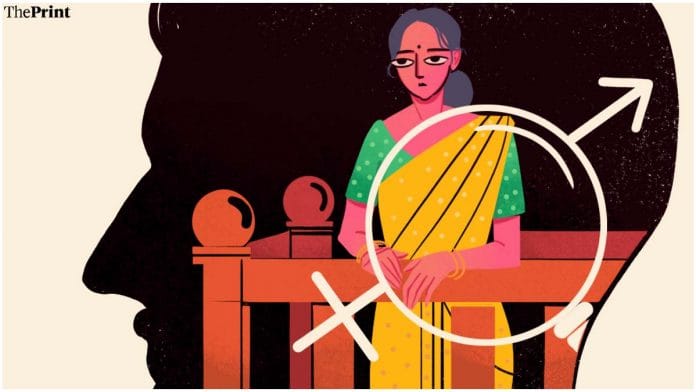Bengaluru techie Atul Subhash’s suicide has sparked debate over marriage laws. The argument is that laws meant to safeguard women’s interests ultimately become a weapon to settle personal scores against men. What began as a simple marital dispute escalated into a tragic loss of life, leaving many unanswered questions.
While details of the case will keep surfacing and the truth will eventually come out, it looks like a situation where a man was caught in an unsolvable personal issue, which led to his ideological indoctrination.
With the news of Subhash’s suicide, social media seems to be divided into polar opposite camps. One side argues that the legal system favours women, turning men into victims. They are also questioning the legitimacy of women’s empowerment as a concept. On the other side, the argument is that misogynists have found a new way to discredit women’s struggle in a patriarchal framework, where women remain clear victims of systemic oppression, social inequalities, and violence.
Gender roles and law
Historically, arranged marriage, the so-called ‘bedrock’ of Indian civilisation, was not designed keeping women’s happiness and needs in mind. Hence, it created a social setup and institution that favoured men and oppressed women. To address these disparities, Indian laws, especially those related to marriage, domestic violence, and sexual harassment have been designed to protect women. While gender inequalities, lack of financial independence, underrepresentation in public space and many other challenges still exist in India, significant progress in the direction of women’s empowerment has also been made. Women are now relatively empowered and independent enough to make important life choices.
The truth is that a society built on patriarchy is being slowly corrected by measured efforts in India. This is creating a shift from traditional gender roles to modernity, but the transition toward gender equality is far from linear. The root of the issue lies in the fact that the legal system cannot adequately account for this social transition. This gets even more complicated once you factor in divergent economic realities widely faced by different sections of the population in India. With this transition incomplete, the legal system is often left playing catch up. Ironically, in its attempt to empower women, the system can sometimes reinforce gender roles by treating women as perpetual victims in the quest to provide them with protection.
The same rules cannot ensure a just outcome for women facing disparities. This challenge can be particularly daunting for Indian women from diverse backgrounds, where a one-size-fits-all approach to legal matters may not deliver the justice they deserve. These contradictions create conflicts that online radicals on both sides of the aisle eagerly exploit, as they do with any contentious issue. The resulting online rhetoric deepens distrust between genders instead of offering a nuanced understanding of the situation.
The real solution lies in addressing and bridging disparities. India’s diversity makes the journey toward gender equality particularly challenging. Women from rural or marginalised backgrounds often face the double burden of patriarchy and poverty. Legal and social interventions must consider these disparities to ensure that empowerment efforts are equitable and inclusive. Many women still need legal protection but they don’t come forward to speak up due to social stigma.
Also read: Does India have a rape culture? Pick a newspaper, maybe a mirror
The only way ahead is to rapidly and thoroughly embrace women’s rightful place in the public sphere, empowering them to earn a livelihood so they can take care of themselves. A society that sees women as equal earners, and decision-makers, and creates such space for them, will naturally reduce reliance on paternalistic legal interventions. Achieving this cultural shift requires a collective effort.
When the social norms will change, the legal framework will also evolve. Shifting traditional roles and rejecting patriarchal structures will not only liberate women but also allow men to break free from societal constraints. Men don’t have to bear the entire financial burden of the family and be valued solely as providers. However, this does not mean that legal reform should wait until social change is fully achieved. The law can evolve in parallel to social reform so it can be sensitive to nuances and context. Without this parallel evolution, the quest for justice risks creating new forms of injustice.
There is a need to work toward evolving our legal framework to better align with these societal changes and address the disparities faced by many. By fostering a more empathetic understanding of these issues, we can create a more just and equitable society for everyone.
Amana Begam Ansari is a columnist. She runs a weekly YouTube show called ‘India This Week by Amana and Khalid’. She tweets @Amana_Ansari. Views are personal.
(Edited by Ratan Priya)







In most cases in India, it is the man who takes the relationship for granted and stops respecting his wife. And eventually starts exploring extra marital options. The cases were women are culprits are rare. Maybe 95-5% ratio.
You speak of women shouldering the financial burden. But the same woman during a dispute can claim that amount as being given for dowry. And a man who has made no crime is punishable under law.